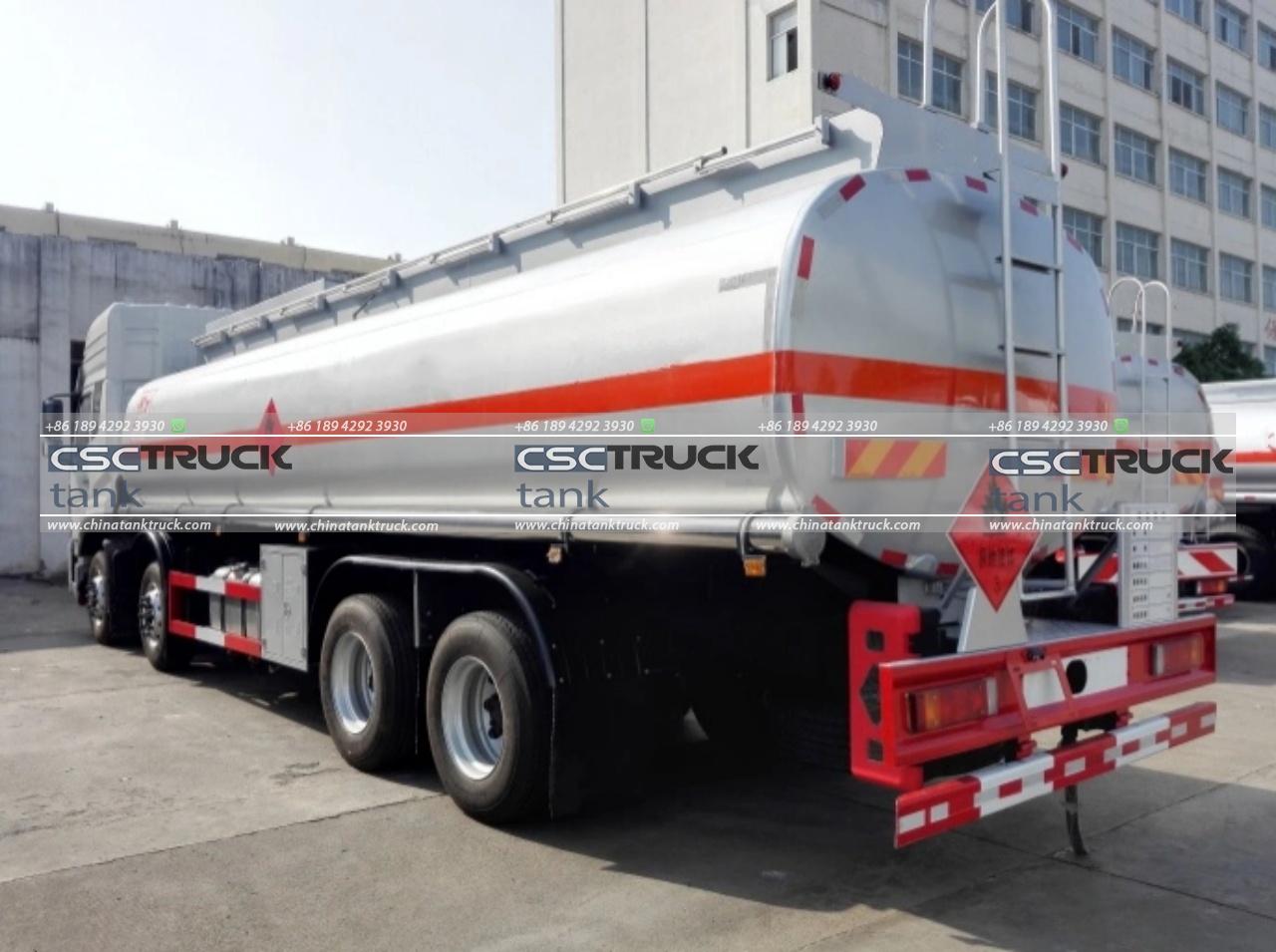How Big Are Fuel Tanker Trucks?
Fuel tanker trucks are crucial vehicles in the transportation and distribution of petroleum products, including gasoline, diesel, jet fuel, and other liquid chemicals. These specialized vehicles come in various sizes, tailored to the diverse needs of industries worldwide. Understanding their dimensions, capacity, and role in logistics provides insights into their engineering marvels and economic importance. This article explores the dimensions, classifications, and operational aspects of fuel tanker trucks.
The Role of Fuel Tanker Trucks
Fuel tanker trucks are designed to transport large quantities of liquid fuel from refineries or storage facilities to gas stations, airports, industrial plants, and other end-users. They ensure a consistent supply chain, enabling industries and consumers to access energy resources seamlessly.
The size of a fuel tanker truck plays a vital role in its efficiency and applicability. While smaller tankers cater to local deliveries, larger ones are ideal for long-haul transportation. Let’s delve into their physical dimensions and classifications.
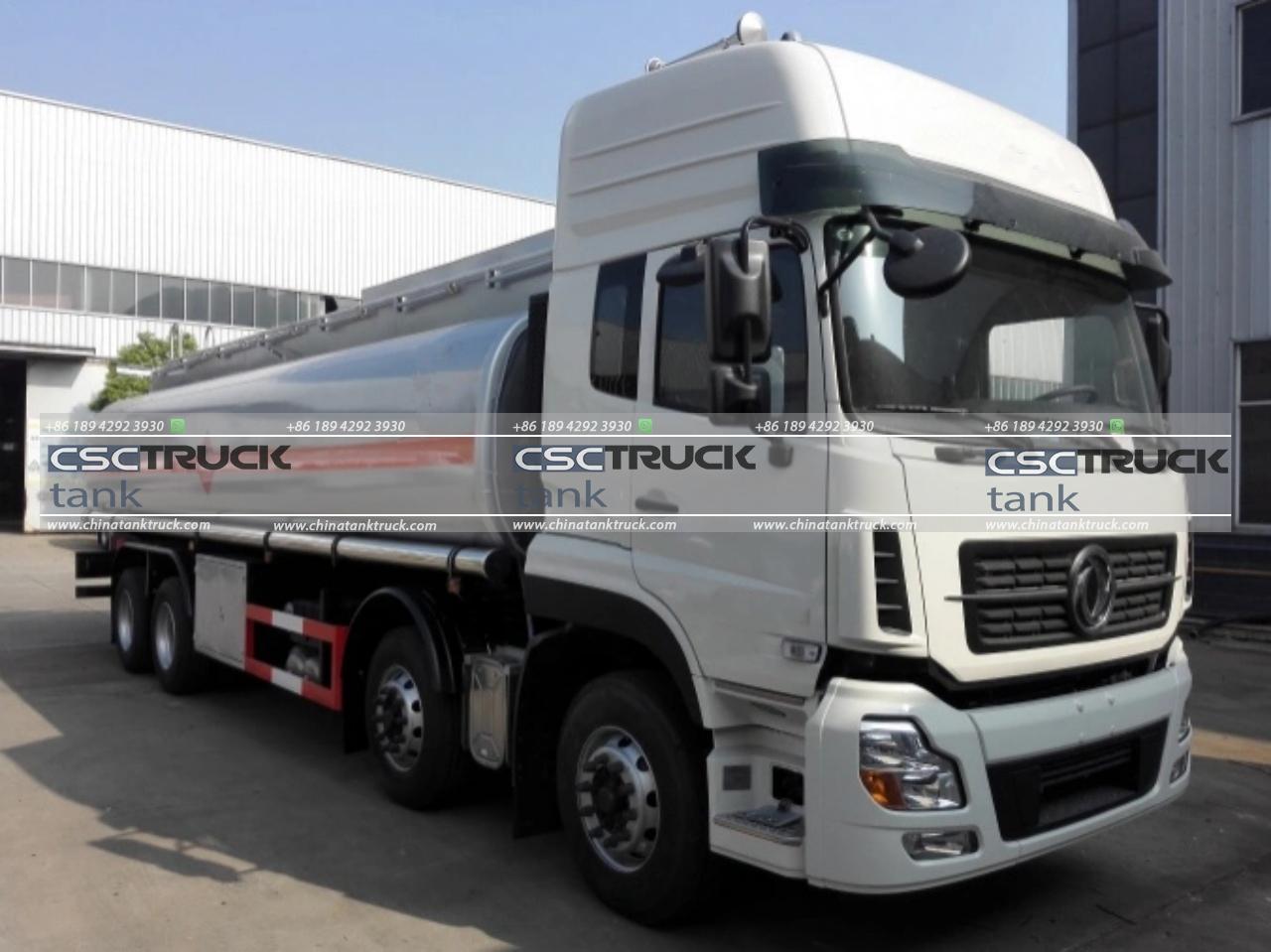
Classifications of Fuel Tanker Trucks
Fuel tanker trucks are classified based on size, capacity, and axle configuration:
1. Small Tanker Trucks
– Capacity: 500 to 3,000 gallons (1,892 to 11,356 liters)
– Dimensions: Lengths of around 20–30 feet (6–9 meters), widths of 8–8.5 feet (2.4–2.6 meters), and heights of approximately 10 feet (3 meters).
– Applications:
– Local fuel delivery to gas stations or small-scale operations.
– Urban areas where maneuverability is crucial.
– Advantages:
– Compact size allows them to navigate narrow streets.
– Easier to operate in high-traffic areas.
2. Medium Tanker Trucks
– Capacity: 3,000 to 6,000 gallons (11,356 to 22,712 liters)
– Dimensions: Lengths of about 30–40 feet (9–12 meters), widths of 8–8.5 feet (2.4–2.6 meters), and heights around 10–12 feet (3–3.7 meters).
– Applications:
– Regional deliveries.
– Transporting fuel to facilities with moderate consumption needs.
– Advantages:
– Balance between size and capacity.
– Suitable for suburban and rural settings.
3. Large Tanker Trucks
– Capacity: 6,000 to 11,600 gallons (22,712 to 43,900 liters)
– Dimensions: Lengths of 40–53 feet (12–16 meters), widths of 8.5 feet (2.6 meters), and heights reaching up to 13.5 feet (4.1 meters).
– Applications:
– Long-haul transportation across highways.
– Supplying large-scale industrial facilities.
– Advantages:
– Maximized fuel capacity reduces the frequency of trips.
– Economically efficient for large distances.
4. Extra-Large Tanker Trucks (Road Trains)
– Capacity: Up to 25,000 gallons (94,635 liters) or more in multi-trailer configurations.
– Dimensions: Lengths exceeding 100 feet (30 meters) when multiple trailers are used.
– Applications:
– Common in regions like Australia and the U.S. for remote fuel deliveries.
– Advantages:
– Massive fuel capacity.
– Reduced logistical costs over expansive distances.
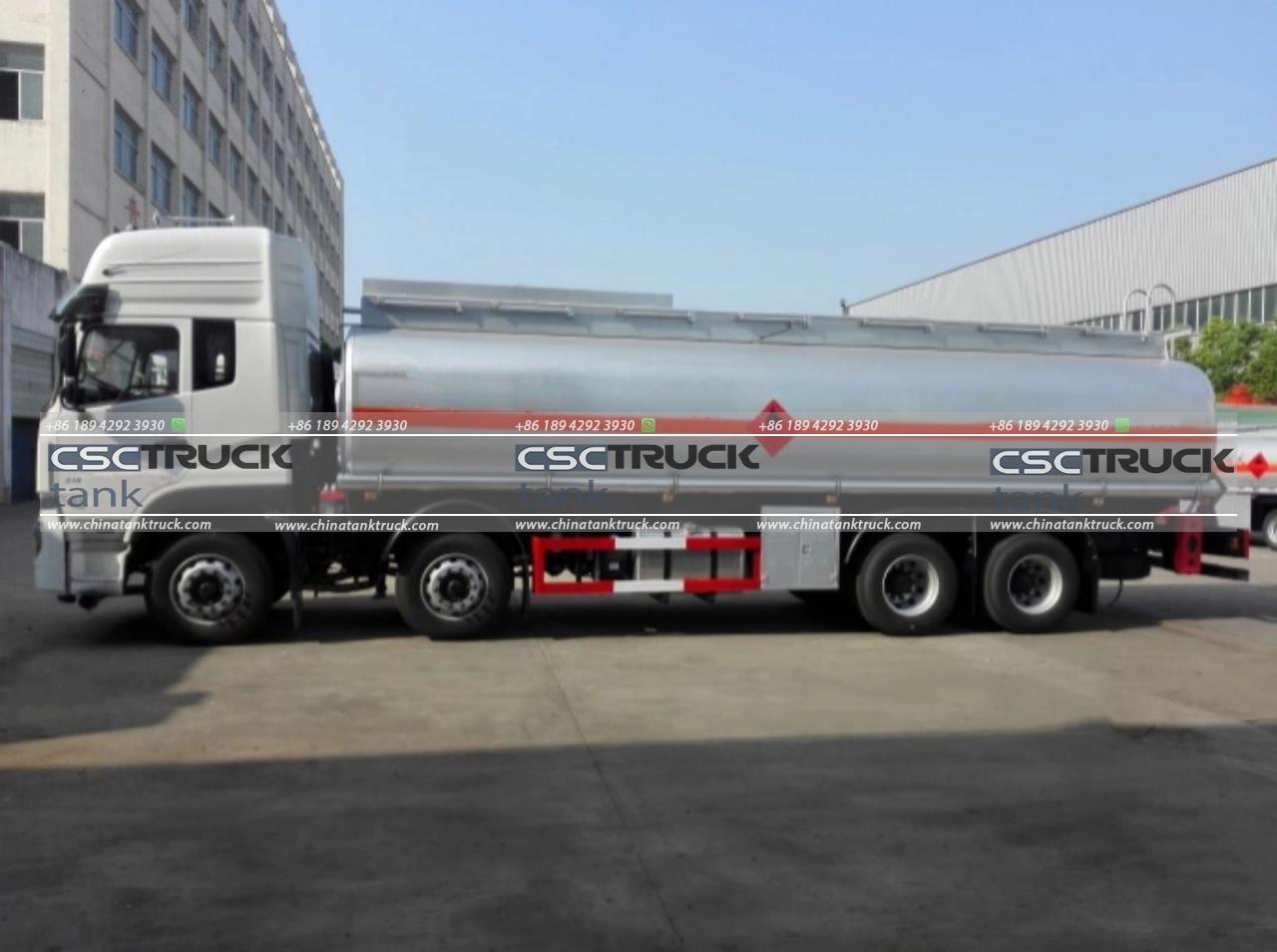
Key Dimensions of Fuel Tanker Trucks
Length
The overall length of a fuel tanker truck depends on its classification and configuration.
– Small tankers: ~20–30 feet (6–9 meters).
– Medium tankers: ~30–40 feet (9–12 meters).
– Large tankers: ~40–53 feet (12–16 meters).
– Extra-large tankers: Can exceed 100 feet (30 meters).
Width
Most fuel tankers have widths between 8 and 8.5 feet (2.4–2.6 meters), consistent with highway regulations.
Height
The height of fuel tankers typically ranges from 10 to 13.5 feet (3–4.1 meters). This ensures compliance with overpass height restrictions.
Weight
Fuel tankers are subject to strict weight limits to ensure road safety:
– Smaller tankers weigh around 15,000 pounds (6,804 kg) when empty.
– Larger tankers can weigh up to 80,000 pounds (36,287 kg) when fully loaded, depending on jurisdictional regulations.
Factors Influencing Fuel Tanker Sizes
Purpose
– Small tankers are ideal for urban settings, while large tankers dominate highways and long-distance routes.
Regulatory Compliance
– Dimensions and weights are governed by laws to maintain road safety and infrastructure integrity.
– In the U.S., federal regulations cap truck lengths and weights.
Fuel Type
– Tankers transporting high-density liquids like diesel may have smaller capacities compared to gasoline tankers.
Geographical Considerations
– Urban tankers are shorter for maneuverability.
– Rural and remote areas favor larger tankers for efficiency.
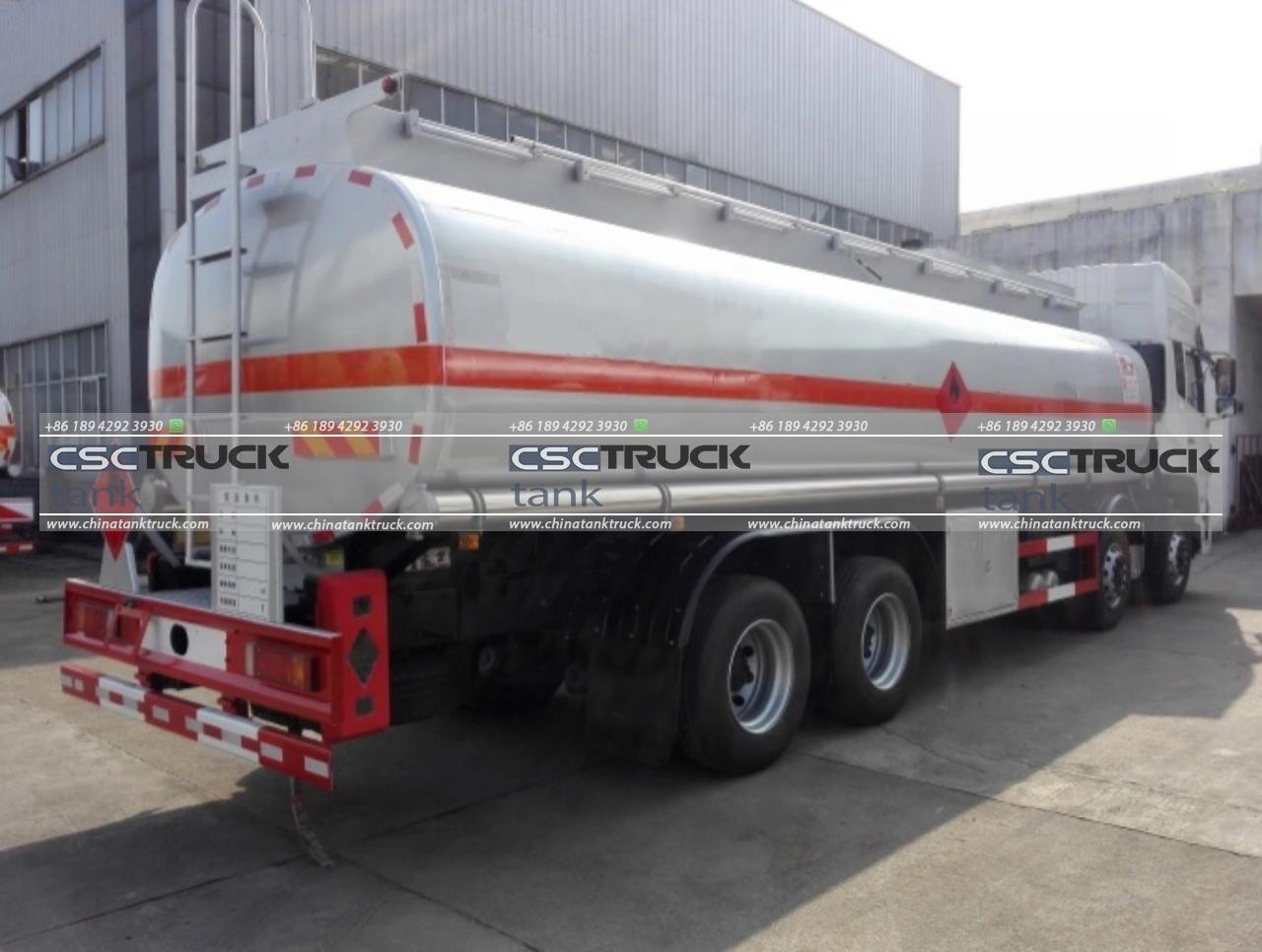
Tanker Design and Configuration
Fuel tankers are meticulously engineered for safety and functionality:
– Tank Shape: Cylindrical tanks lower the vehicle’s center of gravity, enhancing stability.
– Compartments: Many tankers have multiple compartments to carry different fuel types or to ensure weight distribution.
– Material: Tanks are constructed from aluminum or stainless steel to resist corrosion and ensure durability.
Safety Considerations
Given the hazardous nature of the cargo, fuel tankers are designed with multiple safety features:
– Pressure Relief Valves: Prevent tank over-pressurization.
– Anti-Splash Baffles: Minimize liquid movement within the tank.
– Emergency Shut-Off Systems: Halt fuel flow during accidents.
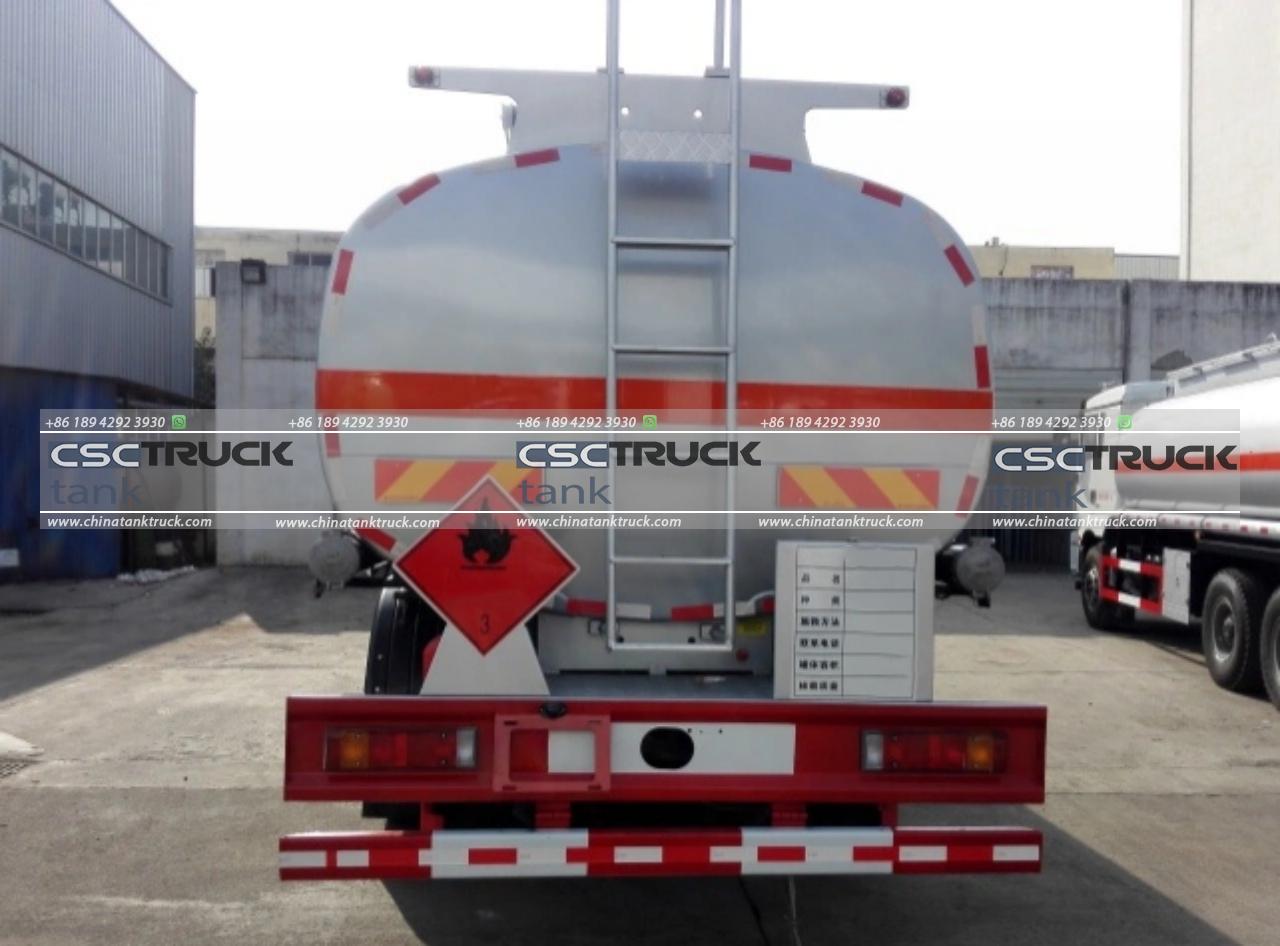
Global Variations in Fuel Tanker Sizes
Fuel tanker dimensions vary globally due to differences in regulations and infrastructure:
– United States: Maximum weight of 80,000 pounds (36,287 kg) for standard tankers.
– European Union: Length restrictions favor compact tanker designs.
– Australia: Road trains dominate, with multiple trailers for remote fuel delivery.
Conclusion
Fuel tanker trucks are engineering marvels, balancing size, safety, and functionality to meet diverse transportation needs. Their dimensions, ranging from compact urban models to massive road trains, underscore the importance of scalability in logistics. Whether delivering fuel to a neighborhood gas station or powering industries across continents, these vehicles are indispensable to modern life.
Understanding their specifications enhances appreciation for the intricate logistics networks that keep the world fueled and running.
